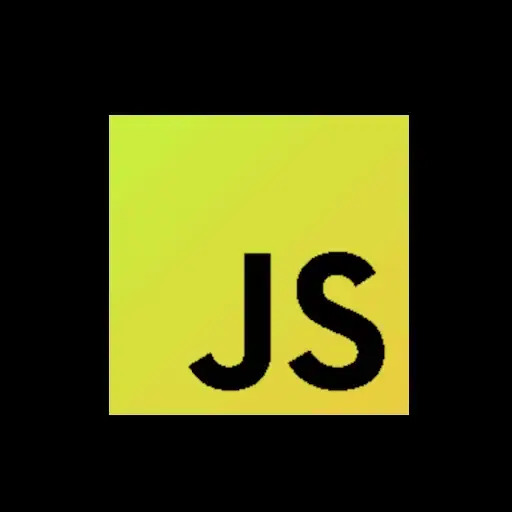

Grouping seasons into a series folder doesn’t work well in some cases, because that’s not the way they are released in Japan. A new season is (most of the time) effectively an entire new show entry. Show seasons are mostly a north american thing. No matter which software you use, there’s always going to be some minor issues if you group seasons into one entry.





With bluray rips, I don’t really see any way to avoid that unfortunately, unless someone else has already added the hashes for your release. Most people use it to scan their encoded releases, which will (in most cases) have already been added to AniDB by the release group. I’m a bit surprised though, that none of your rips are recognized. Have you checked the AniDB pages for your series to see if anyone uploaded hashes for bluray rips?